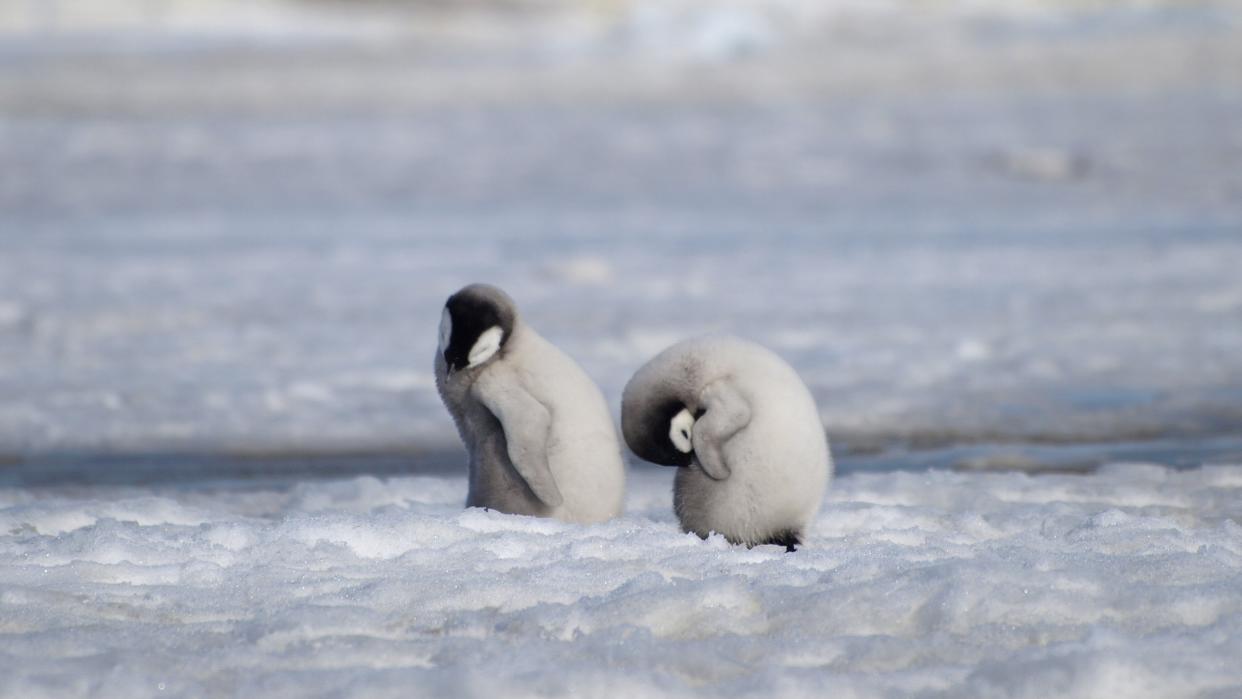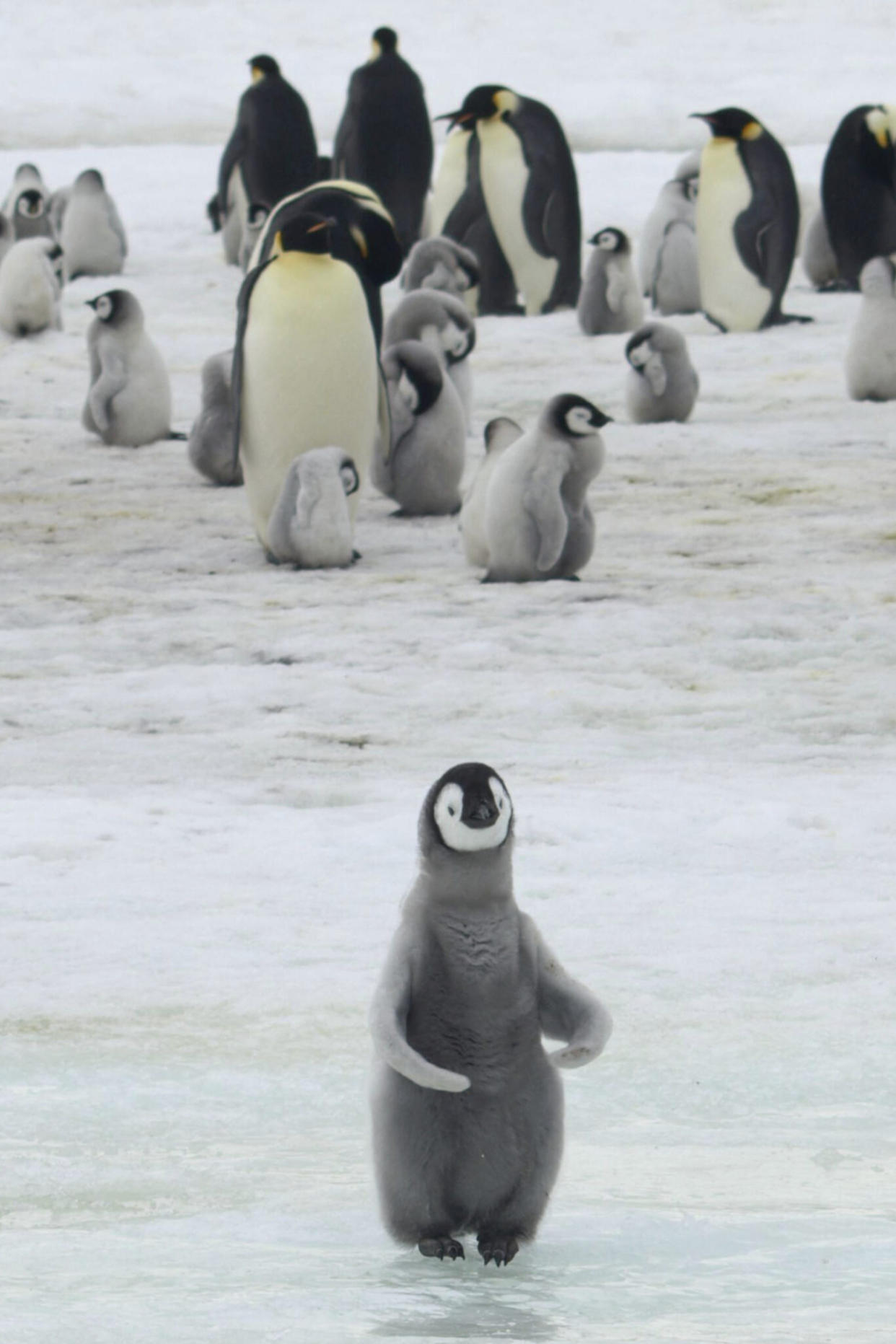Emperor penguin colony catastrophe after 'severe weather kills thousands of chicks'

A massive emperor penguin colony is struggling to recover from a suspected catastrophe which saw thousands of chicks drown when sea-ice where they were being raised was destroyed by severe weather.
Scientists have become increasingly concerned over Antarctica’s second-biggest breeding ground for the birds, where virtually nothing has hatched for the past three years, according to a study in Antarctic Science.
Usually, 15,000 to 24,000 breeding pairs of emperor penguins - around 8% of the global population - flock yearly to a breeding site at Halley Bay in Antartica but almost none have visited since 2016.
A 2014 study by Woods Hole Oceanographic Institution projected that because of climate change the global population of emperor penguins will likely fall by at least 19% by the year 2100, mirroring the struggle many species are facing across the globe.

The author of the study, Phil Trathan said a super strong El Nino — a natural cyclical warming of the central Pacific that changes weather worldwide — melted sea ice more than usual and exposed the fast ice to wind and waves.
This made made the breeding home less stable, and appears to have been what caused the sudden decline in the chick population in 2016.
Stephanie Jenouvrier, a penguin expert at who was not part of the study said sometimes dramatic environmental change can cause a breeding failure like this.
The breeding pair population has increased significantly at a nearby breeding ground, but the study’s author said it is nowhere near the amount missing at Halley Bay.

“We’ve never seen a breeding failure on a scale like this in 60 years,” said Mr Trathan, head of conservation biology at the British Antarctic Survey.
“It’s unusual to have a complete breeding failure in such a big colony.”
Black-and-white with yellow ears, emperor penguins are the largest penguin species weighing up to 40 kilograms and living about 20 years.
Pairs breed in some of the harshest winter conditions on earth, with the male incubating their egg.

In 2016 and 2017, there was no breeding in Halley Bay and last year there was just a bit, the study found.
The nearby Dawson-Lambton breeding area, which had been home to a couple thousand pairs, increased to 11,117 pairs in 2017 and 14,612 pairs in 2018, which is good news but does not make up for the loss at Halley Bay.
What is troubling is not that part of the colony has moved to Dawson-Lambton, it is that scientists thought of Halley Bay as a climate change refuge in one of the coldest areas of the continent “where in the future you expect to always have emperors,” Mr Trathan said.


